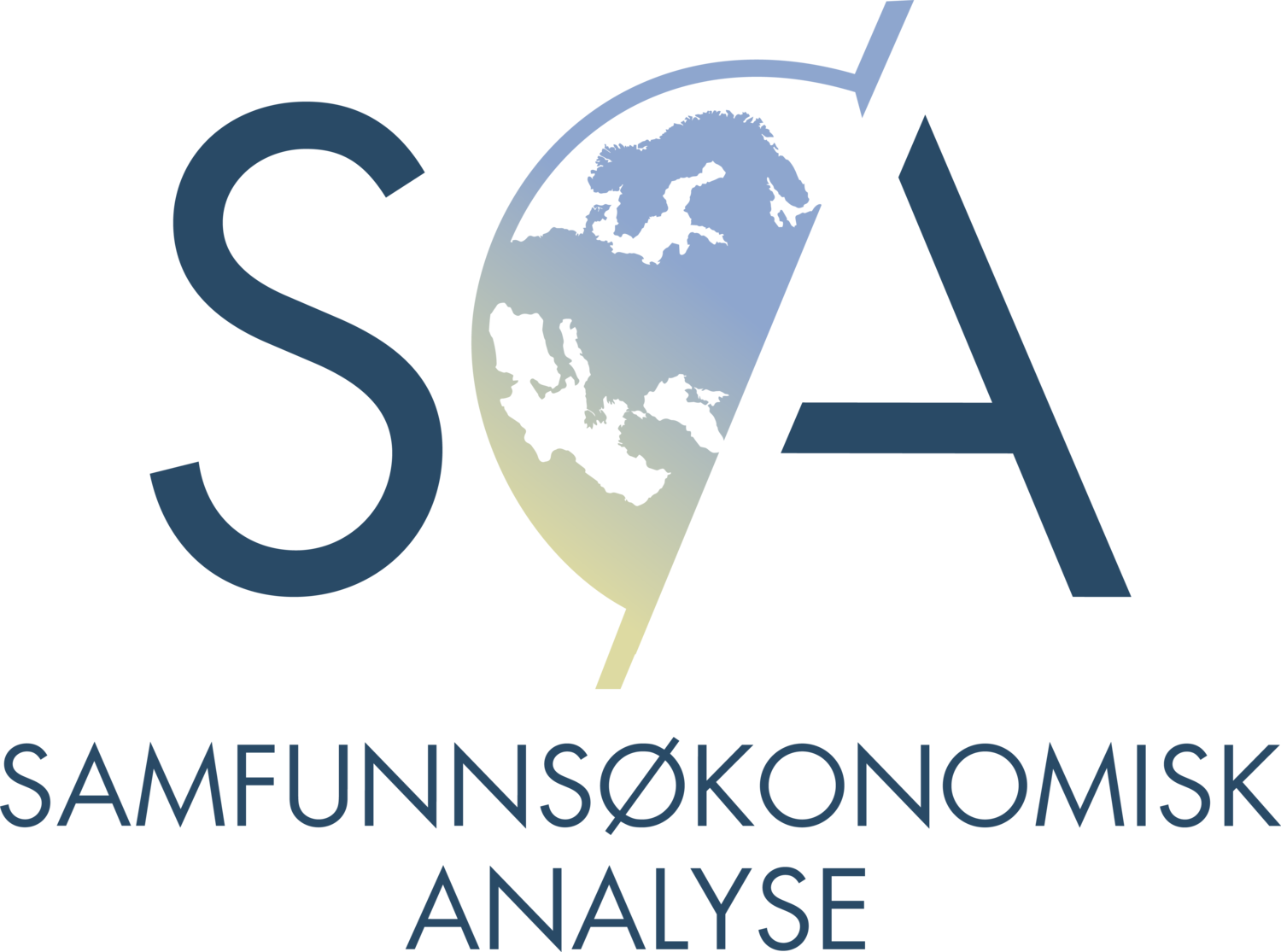In the past decades, immigration to Norway has been high, both in historical terms and compared to other countries. Recently there has been a shift in the composition of immigrants, from EU labour migrants to low-skilled immigrants from vulnerable states. How will immigration of low-skilled individuals develop in the years to come? And what will be their possibilities in the labour market of tomorrow?
We project future labour supply from immigrants by combining Statistics Norway’s projections of future immigration and the Wittgenstein Centre’s projections for education levels in 201 countries. Under certain assumptions about participation in the labour force, we project that 74 per cent of immigrants in the Norwegian labour force in 2040 will be low-skilled and 26 per cent high-skilled.
The immigrants’ opportunities in the future Norwegian labour market will depend on the number of jobs available and the competition from Norwegian-born job seekers. Using our own model, extrapolating recent trends, we project future employment by educational attainment. Our projections estimate that the employment of workers with high skill levels in the Norwegian labour market will be higher in 2040 than today. The demand for low-skilled workers will however be significantly lower. The demand is projected to be especially reduced in many of the industries where large portions of low-skilled immigrants are employed today, such as in the retail and transport industries.
Our projections indicate that, in addition to those not participating in the labour force, 19 per cent of all low-skilled workers will be out of work by 2040, unless they acquire more relevant skills. Among workers with only primary/lower secondary as their highest educational attainment level, the projected unemployment rate in 2040 is 25 per cent. Most empirical findings support the view that immigrants, on average, are more likely to lose in the competition for jobs that are suitable for low-skilled workers.
Reduced demand for low-skilled labour, combined with increased low-skilled immigration, will put a greater strain on the Norwegian welfare system. Furthermore, a surplus of low-skilled labour in 2040 could increase low-wage competition. This may reduce the unemployment among low-skilled, but at the cost of increased inequality and reduced real wages among those already employed.
In order to secure the Norwegian model in the years to come, we point out three measures that seem salient:
Increased government efforts and incentives aimed at making business and individuals invest continuously in lifelong education and training. More formal training and development of skills, regardless of whether the workers are immigrants or Norwegian-born, will reduce a possible surplus supply of low-skilled labour.
There is a need to increase the efforts and incentives for immigrants to take part in formal education and training in order to participate in the Norwegian labour market, including learning Norwegian.
Continued and reinforced prioritising of younger men and women, as well as families when it comes to refugee quotas.
The alternative to the measures above is probably a significant increase in income inequality in Norway through lower real wages for low-skilled workers.
Click here to read the whole report.

